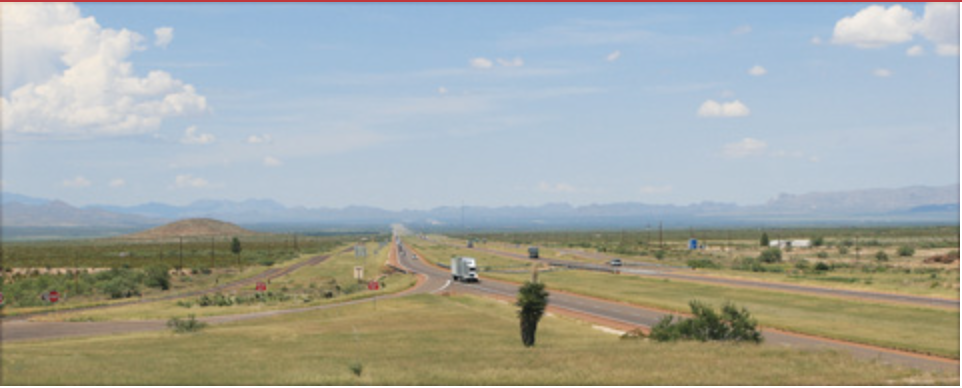Texas Economy: The Oil Patch Recovers Slowly
fiscal 2019, the Texas economy added 303,500 nonfarm jobs, an increase of 2.4 percent, to reach 12,856,100. Texas added more new jobs than any other state except California during this period. Private-sector employment rose by 2.8 percent, while government employment (federal, state and local) grew by 0.4 percent.
The state’s rate of job growth was the second highest among the ten most populous states (after Florida) and the sixth highest among all states. . . . click.
- Per Capita Income by County
- 50 Largest Banks in Texas
- Texas Electricity: Demand and Capacity
- Wind Energy Continues Expansion
- Motor Vehicle Crashes, Losses in Texas
- Telecommunications: Cellphones and Laptops
- Aviation Statistics
- Railroads in Texas
- Forest Resources
- Nonpetroleum Minerals
- Commercial Fishing in Texas
Oil and Texas: A Cultural History
For Texans, the 20th century did not begin on January 1, 1901, as it did for everyone else. It began nine days later, on Jan. 10, when, spurting drilling pipe, mud, gas and oil, the Lucas No. 1 well blew in at Spindletop near Beaumont.
The gusher spewed oil more than 100 feet into the air until it was capped nine days later. With that dramatic fanfare, Texas’ economy was wrenched from its rural, agricultural roots and flung headlong into the petroleum and industrial age. . . .
History of Oil Discoveries in Texas
Indians found oil seeping from the soils of Texas long before the first Europeans arrived. . . . Melrose, in Nacogdoches County, was the site in 1866 of the first drilled well to produce oil in Texas. The driller was Lyne T. Barret. Barret used an auger, fastened to a pipe, and rotated by a cogwheel driven by a steam engine — a basic principle of rotary drilling that has been used since, although with much improvement.. . . .
Toll Collections in Texas




